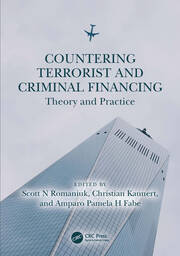Militant Violence in Jammu and Kashmir Post-Abrogation of Article 370
Abstract: This article presents a chronological and thematic analysis of militant violence in Jammu and Kashmir from the abrogation of Article 370 of the Indian Constitution in August 2019 to July 2025. It traces three distinct phases: an initial decline in attacks due to lockdowns and security restrictions (2019-2020); a resurgence marked by hybrid militancy, targeted killings, and intimidation of civilians (2021-2023); and a lethal escalation involving high-profile and audacious assaults, intensified counterterrorism operations, and cross-border tensions (2024-2025).

